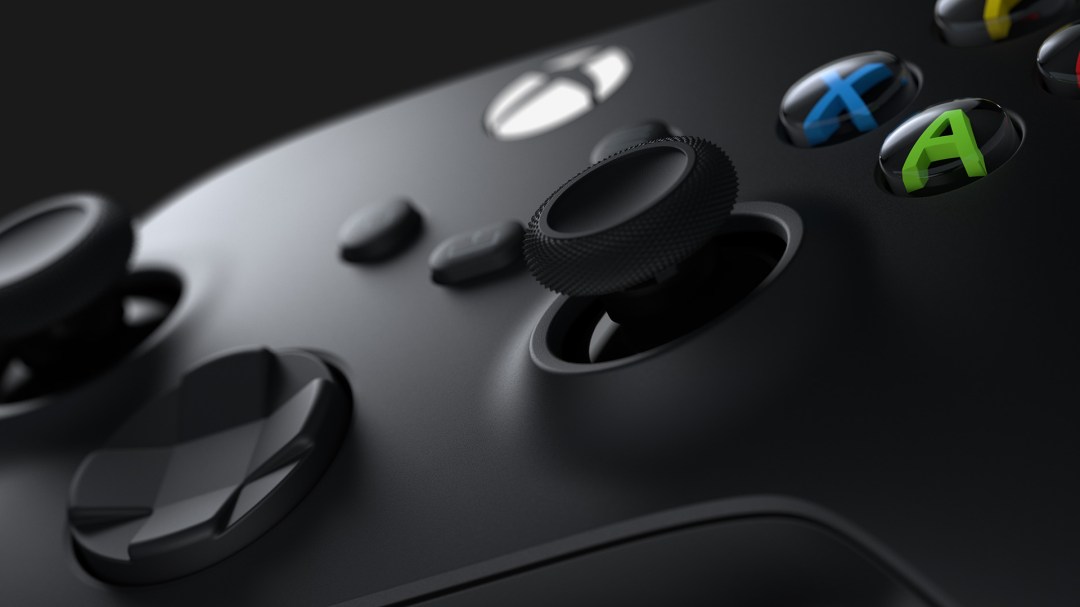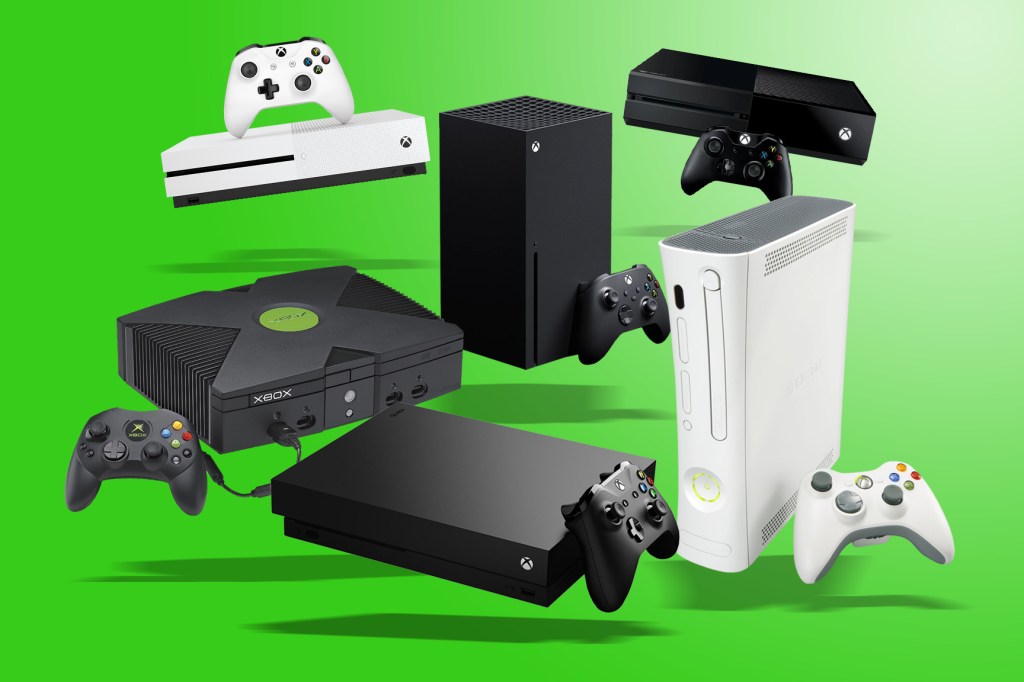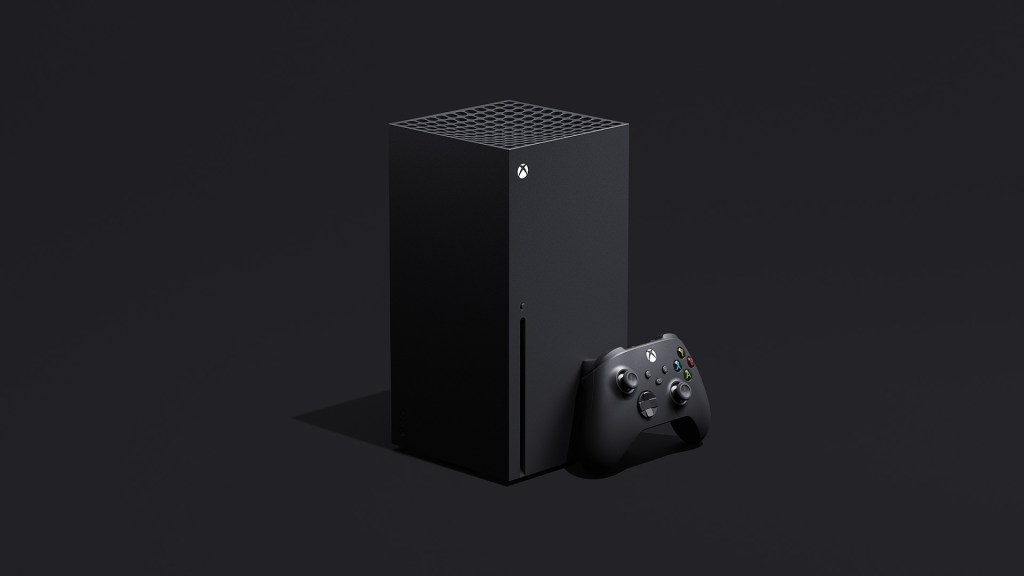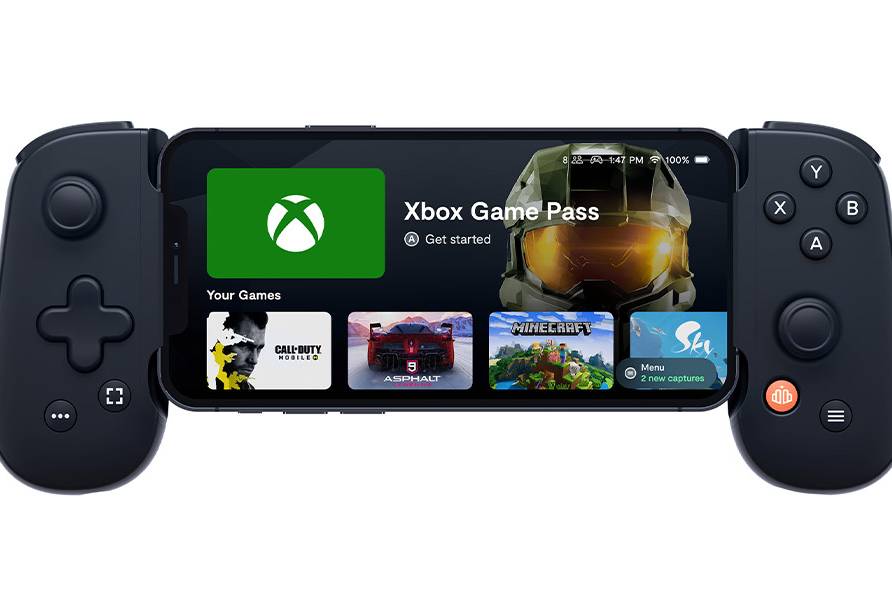New Xbox console: what we’d like to see in the next-gen from Microsoft
A sequel to the Series X and S is inevitable. Here's what we'd like to see when it drops

The Xbox Series X and its smaller sibling the Series S currently bestride the console gaming world. Their only competitors are the PlayStation 5 and tricked-out gaming PCs, but their reign won’t last forever. A Series X-2, Series Y, or Z, is inevitable.
Though the next Xbox is likely to be already be in some form of development at Microsoft, there’s a lot of computing power left to be eked out of the Series X and Series S. There’s a new $350/£300 Xbox Series S Carbon Black edition with a 1TB SSD available shortly, too. So we’re not even at the stage where there is an improved edition of the Series X as yet. Sony’s plans for the PS5 Pro seem a lot more advanced – and the blue team has an incoming handheld in the name of PlayStation Portal, too.
The console generation cycle isn’t fixed, but with eight years between the Xbox 360 and Xbox One, then a jump of another seven to the 2020 launch of the Xbox Series consoles, we’re looking at a bit of a wait for the next one.
What’s inside?

Microsoft tried something new with the chips inside the Xbox 360, but all its other Xbox consoles have used processors not too dissimilar to those you’d find in a PC. We see no reason for it to change. That is, except a little thing called Apple Silicon.
The M1 and M2 processors in Apple’s MacBooks and desktop Macs have shown how much power and efficiency can be wrung out of ARM designs. A recent job listing that’s been unearthed for a ‘Principal System On Chip Silicon Architect’ suggests Microsoft may be going the same way.
If we see an ARM processor like the M2 in a future Microsoft Surface, there’s no reason why we couldn’t see one in an Xbox too. As we’ve seen in the CPU and GPU performance of the M2, plus the ARM chips in phones, tablets and the Nintendo Switch, they’re more than capable of running the kinds of games we want to play.
One thing that makes this less likely is that we think Sony will have to do the same thing. The console war requires constantly larger performance figures. Neither side can be seen to give ground to the other, after all. Nintendo managed to withdraw from the race with the Wii, but brought enough innovation with the Switch for it not to matter.
Pile on the power

We’d like to see a new Xbox that’s got more processing grunt than the current generation. Our TVs all sport 4K resolutions, and have HDMI ports that can accept higher frame rates. Simply put, the next generation of consoles need to target 4K at 60fps. We’re not too fussed about seeing 8K output right now, as the processing overheads for a games console are too great. But hitting the 4K target in every game should be a minimum, with higher frame rates a possibility for silky smooth action games.
With great processing power comes the need for more RAM. More SSD storage allows the Xbox Series X to load games quickly, meaning less of a pause between levels. We’ll also need more of it, as game assets get larger with every passing console generation.
- Read: Best streaming device
The disc drive could also be dropped. The Series S console currently doesn’t have an internal Blu-ray drive, relying on its internet connection and the Xbox Store to get games. As games get larger, being able to fit them onto Blu-ray discs – which have a top capacity of 100GB at the moment – will get harder. We’d like to see the new Xbox have loads of fast internal storage to get around this. Really fast broadband connections wouldn’t hurt, either.
Going handheld?

Microsoft has never made a dedicated handheld console, so we’d like to see something like the newly announced Sony Project Q that can tap into its streaming service through Xbox Game Pass. Right now, you need to be subscribed to the Ultimate tier of Xbox Game Pass to get access to Cloud Gaming, which is still in beta. You can stream to handheld apps from your Xbox console too, but an Xbox-branded device that can stream full Xbox games over the internet would be a really nice gadget to have.
A handheld could fit nicely into the two-tier hierarchy Xbox currently uses, with a more powerful console that’s tied to your TV complemented by a Switch-like smaller version that targets a lower resolution and which can be used handheld.
Once again, it relies on fast and reliable internet infrastructure for its functionality. This will be evident when streaming at resolutions greater than 1080p. The next Xbox is unlikely to be a Switch-like device that can move from being a handheld console to one that connects to your TV, but we’d really like to see Microsoft stepping out from its rectangular box roots.


